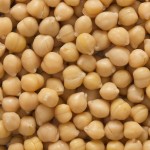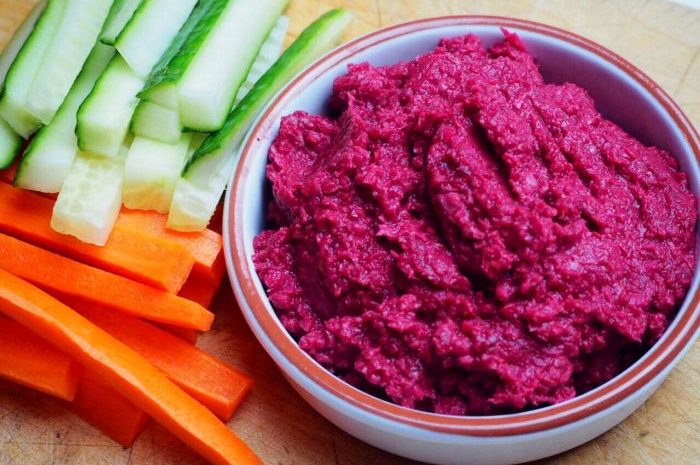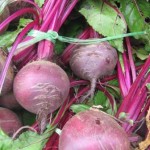Dare you to dip your veg sticks into this spciy red dip made from - bbbbbb ... beetroot!
An easy to grow, earthy-tasting versatile vegetable which can even be used to make cakes - don’t confine beautiful beetroot to a jar of vinegar! In season in the UK across summer and early autumn.
Skills Check
Follow a recipe; follow food safety & hygiene rules; tidy away; use measuring spoons; use weighing scales; cut using bridge/claw technique safely; use a vegetable peeler safely; use a tin opener safely; crush garlic; use a citrus squeezer; use a sieve/colander; use the food processor/blender (with adult supervision).
Allergens (Please note the allergens listed are indicative only. Allergens vary depending on brand; check the labels on the products you use)
None
Equipment
Knife, Chopping Board, Measuring Spoons, Garlic Crusher, Citrus Squeezer, Sieve/Colander, Tin Opener, Food Processor, Bowl, Spoon.
Ingredients (serves 4):
- 170g canned chickpeas in water (drained weight)
- 100g (2 small) cooked, peeled beetroot
- 2 small cloves of garlic, crushed
- 1 tbsp olive oil
- 1 tsp ground cumin
- 1 tsp ground coriander
- Freshly squeezed juice of 1 lemon
- Freshly ground black pepper
Method
- Put all of the ingredients into a food processor and whizz together until you have a coarse paste.
- Spoon into a dish and serve with raw vegetables (e.g. cherry tomatoes, cucumber & carrot sticks, pepper sticks) and bread of your choice - especially nice with toasted wholemeal pitta bread cut into fingers.
So thinking about dare devil dip ...

Beetroot is so good for us! Low in calories and high in fibre and phytochemicals (anthocyanins and saponins) thought to lower the risk of heart disease.
Nutritional Information
| - | Energy | 392kJ / 94kcal | 5% |
| Med | Fat | 4.2g | 6% |
| Low | Saturates | 0.5g | 5% |
| Low | Sugars | 2.3g | 3% |
| Med | Salt | 0.3g | 5% |
per 80g serving
% of an adult's reference intake
Typical values per 100g: Energy 392kJ / 94kcal
Notes
A traffic light system is used on nutrition labels to make it easier to see which foods and drinks are lower in calories, fat, sugar and salt. Try and choose more ‘greens’ and ‘ambers’ and fewer ‘reds’, and stick to smaller portions of ‘reds’.
Just because a recipe or a food has a red traffic light doesn’t mean you shouldn’t eat it. Understanding why a food or recipe might have a red light can be helpful. For example oily fish is high in total fat and so any recipe containing oily fish is likely to be ‘red’ for fat. But it is recommended that we eat oily fish at least once a week because the type of fat it contains is beneficial for our health.
% Reference Intakes are also shown. Reference Intakes are guidelines about the approximate amount of particular nutrients and energy required for a healthy diet (based on an average-sized woman doing an average amount of physical activity). Most children will require less than these Reference Intakes. The contribution of one serving of a food or drink to the Reference Intake for each nutrient is expressed as a percentage.




